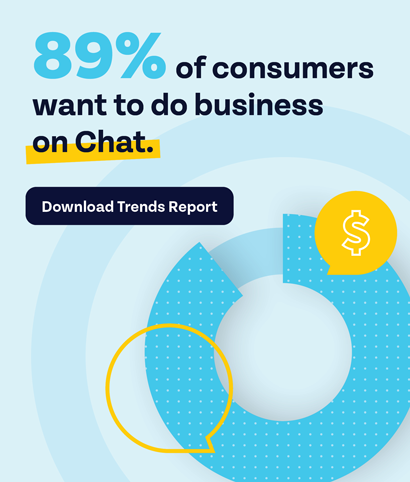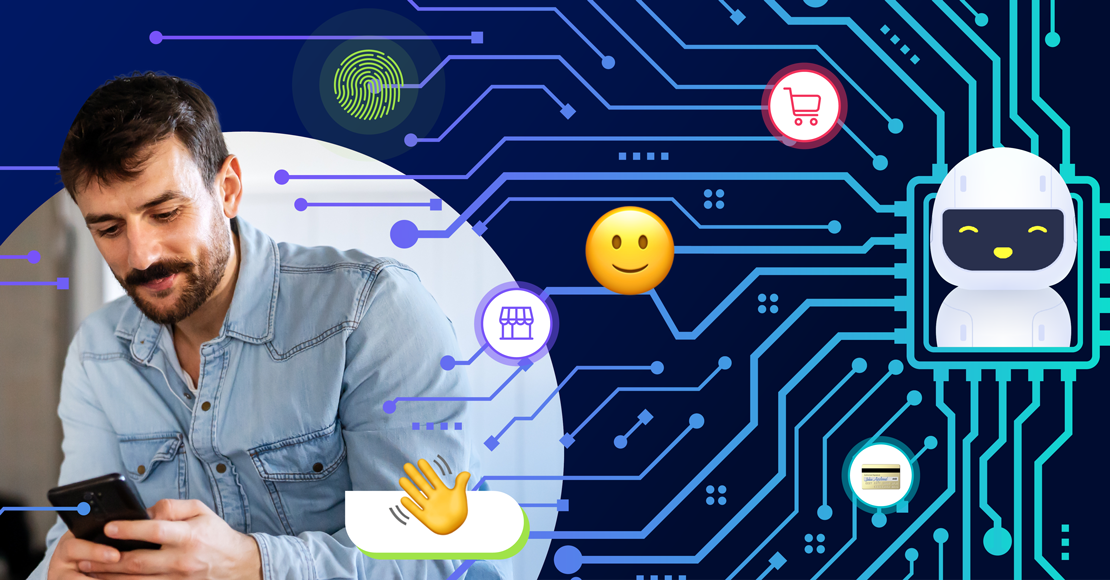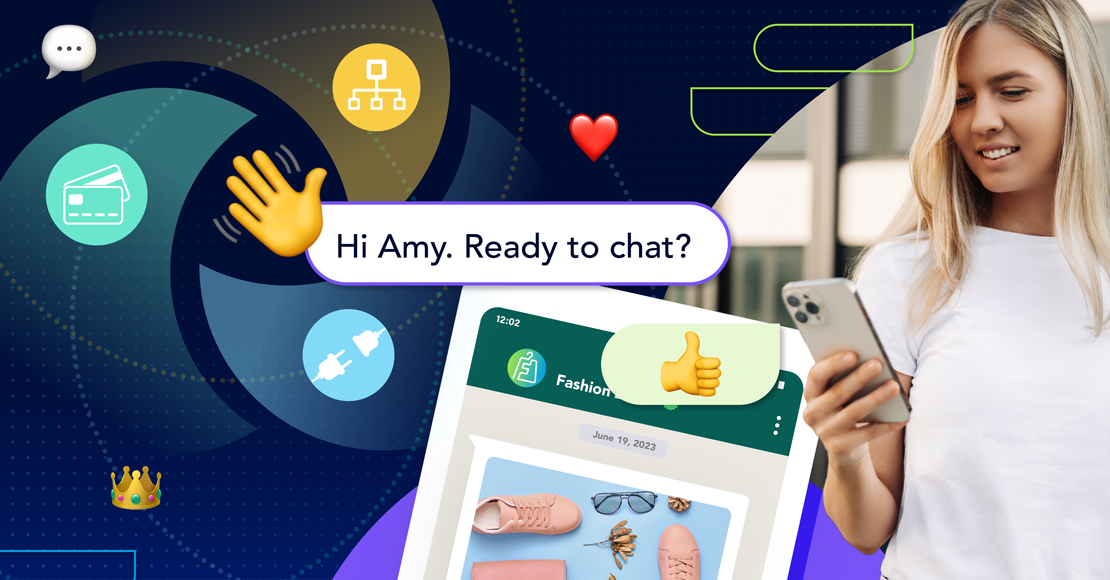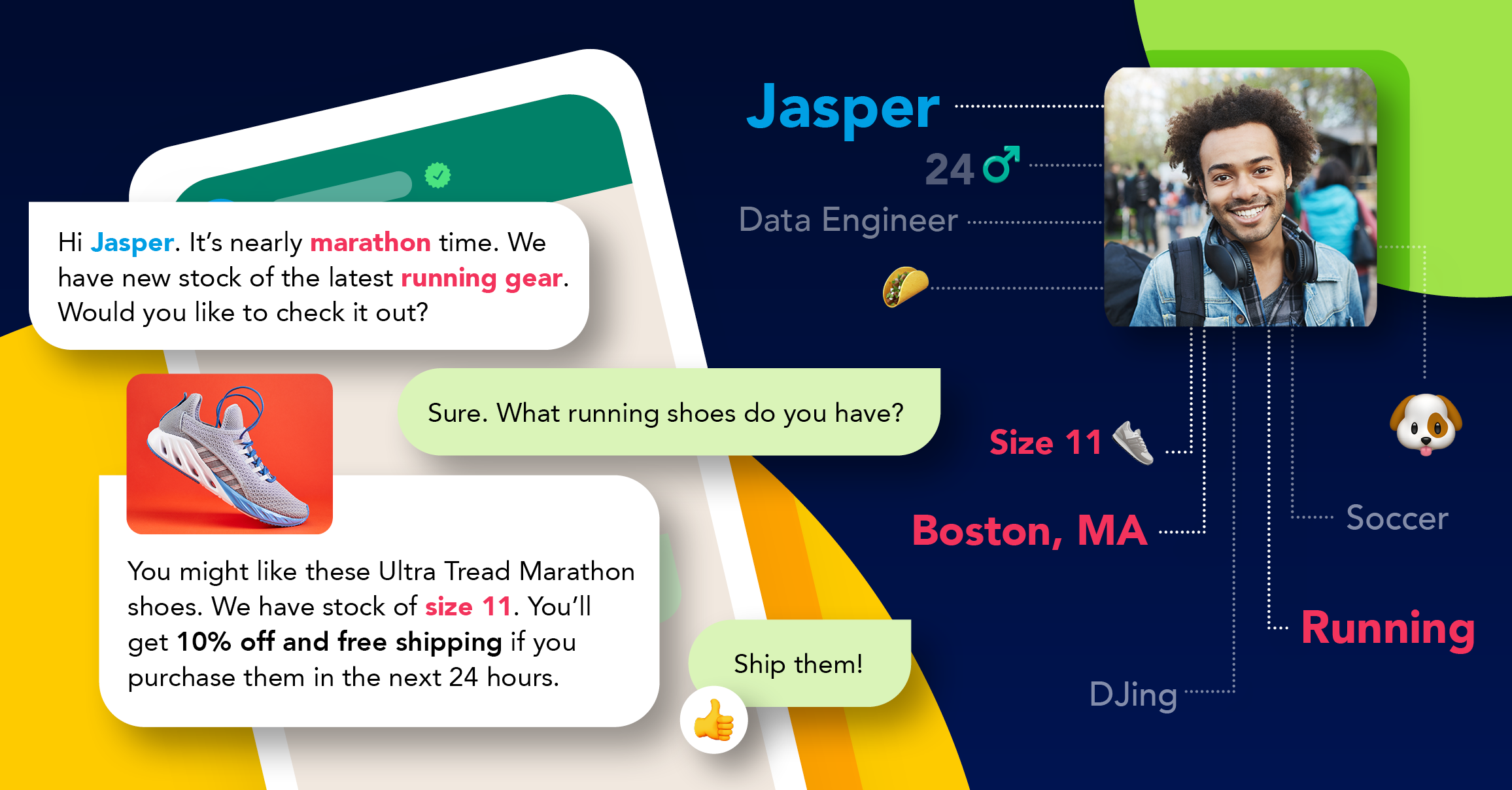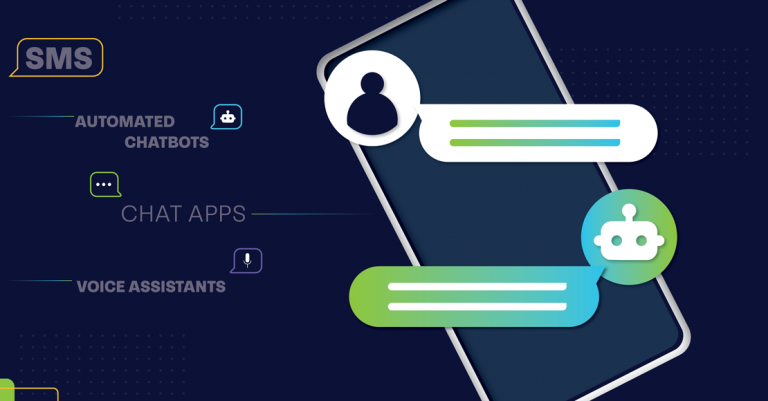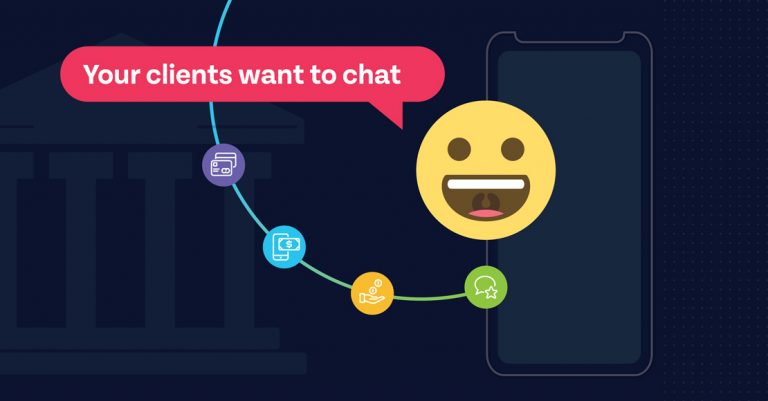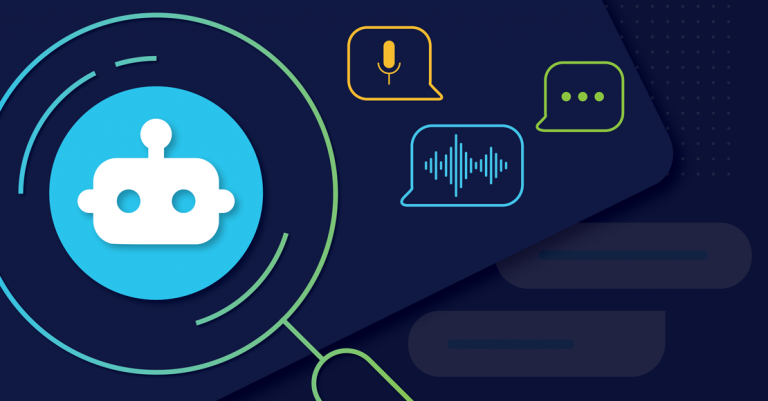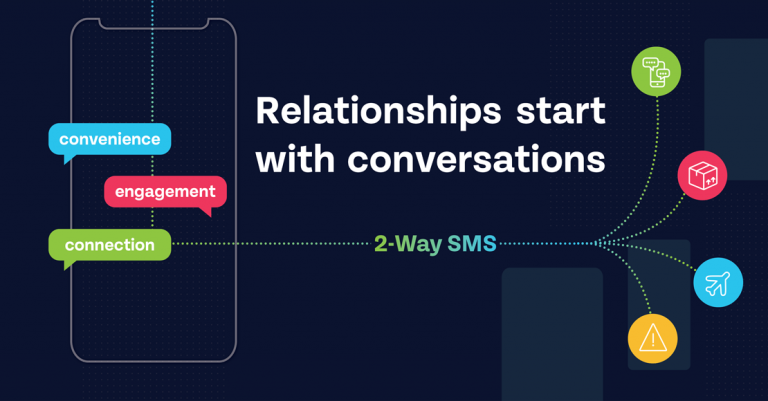
B2B chatbots
It’s often challenging for business-to-business (B2B) companies to compete against their competitors, while still trying to appeal to digitally-savvy individuals who want to be contacted online. While many small business owners think they’re restricted in their B2B sales tactics, the only difference between marketing to businesses and to consumers is the message you want to portray. The same applies to the tools, systems, and platforms you choose to use.
B2B businesses should invest in chatbot technology to communicate with customers, much like how B2C businesses communicate with their consumers. The purpose of using artificial intelligence (AI) for any business operation is to speed up time-consuming tasks and to communicate with and sell to your target audience. While the concept is the same, there are a few ingredients to consider when creating a winning B2B sales chatbot interface for your business.
Before we get into the three main Cs – content, conversation, and context – it’s important to note what a chatbot is. Many people assume chatbots are robots. This is incorrect. Chatbots are simply computer programs or systems which operate on a number of application programming interfaces (APIs) to be able to communicate with different customers. These robotic-like tools are not here to eliminate human interaction out of the sales process, they are here to make working environments more productive and faster than ever before.
If you utilize chatbots for the correct reasons, you’ll be able to engage with multiple customers in an interactive manner. The goal is always to get your chatbot to a place where customers don’t feel the barrier in communication. They should “think” they’re speaking to an actual human due to the personalization which appears throughout their conversation with your business. And this is where content, context, and conversational chat come into play.
Content-driven sales
Why focus on content? Well, content drives sales. In order to be successful, you’ll need to define your objectives and decide on the type of chatbot technology you want to implement in your business. You need to clarify whether you want to focus on client support, sales pitches or more. Your chatbot will, inevitably, act as the face of your business during and after working hours. It will be a 24-hour platform available to your customers whenever they choose to contact you. If you want to appeal to international customers, you’ll need to focus on expanding your existing chatbot and its infrastructure by incorporating multiple APIs to be able to communicate in various languages.
Conversational chat
Since customers choose to have conversations with chatbots rather than just asking them for the usual “trading hours” questions that standard chatbots are used to, it’s important for you to strategize ways to differentiate your chatbot from the rest. Remember that your chatbot is the face of your brand. While your business offerings might be considered “boring” and difficult to sell, your chatbot’s personality can make up for it. If you create a powerful chatbot with a distinct and human-like personality, your customers will be able to differentiate your business from other, similar businesses in your industry. If you consider copywriting principles when drafting your chatbot script, you’ll be able to give your business a new and exciting spin simply by the way you communicate with, and sell to, your customers.
Context matters
Chatbots are programs that run off of data. And, since (nearly) every type of interaction is happening online, context matters more than ever. You need to provide your chatbot with “context” in order to communicate with your customers and have them understand what you’re trying to say to them. If you program the correct information into your chatbot, you will allow it to identify the context in various conversations. Context is what allows conversations to flow and for chatbots to answer more complex questions. The type of chatbot you choose to use needs to include the correct information. For instance, if you’re using a chatbot on a social media platform such as Facebook Messenger or on your website, your chatbot will need to initiate completely different conversations. As you learn more about your existing customers and potential customers, you’ll be able to add more information to your application about their needs.
Are you ready to develop your B2B sales chatbot?
Chatbots are vital marketing and communication platforms for B2B sales. With the right goals, messaging and vision for your business, you will be able to reap the benefits of AI tools. Beyond sales and conversions, chatbots enable you to create long-term relationships with your customers. To learn more about the benefits of AI in B2B marketing, read our recent article to see how your business can work together with technology to achieve the best results.
Explore other articles
Step into the future of business messaging.
SMS and two-way channels, automation, call center integration, payments - do it all with Clickatell's Chat Commerce platform.
